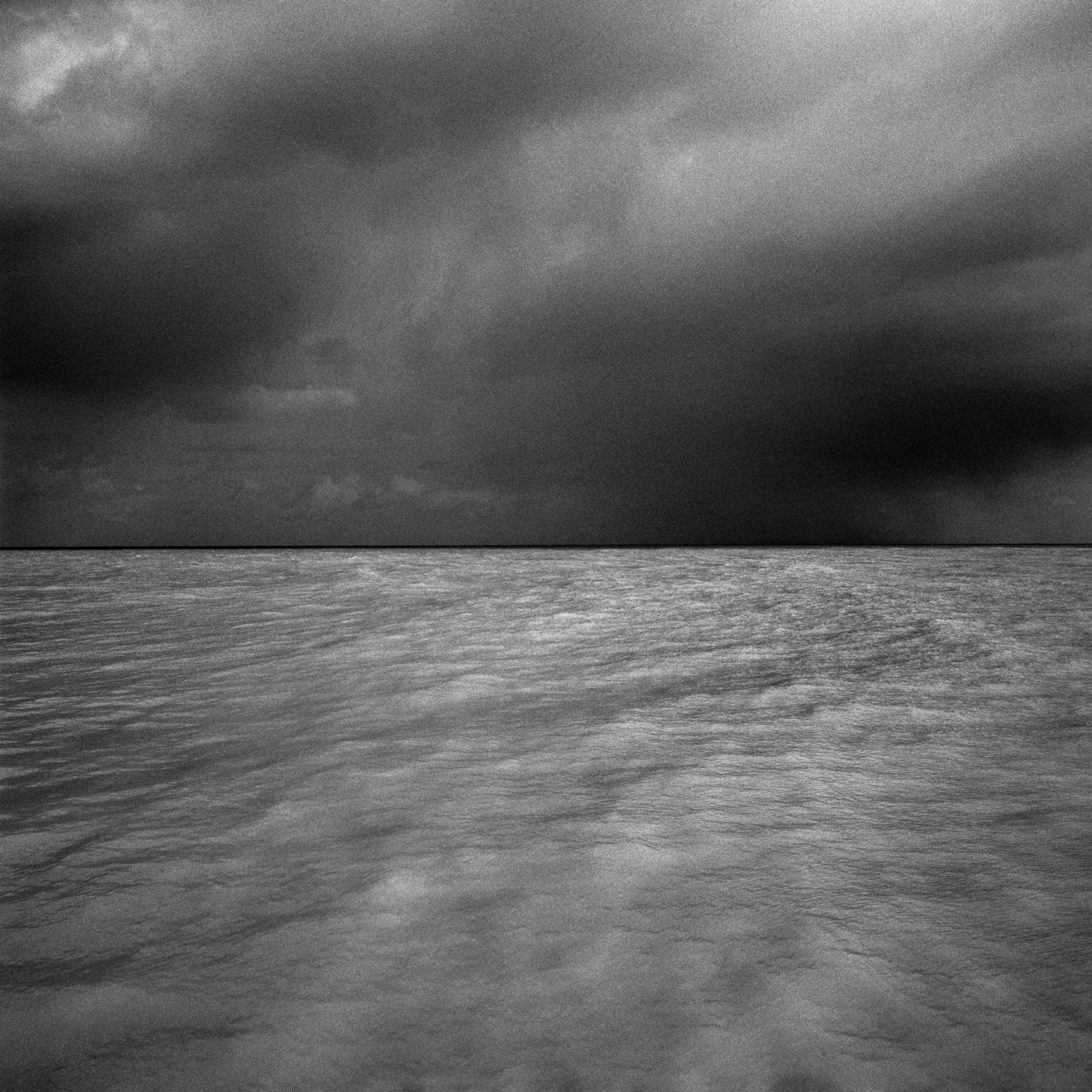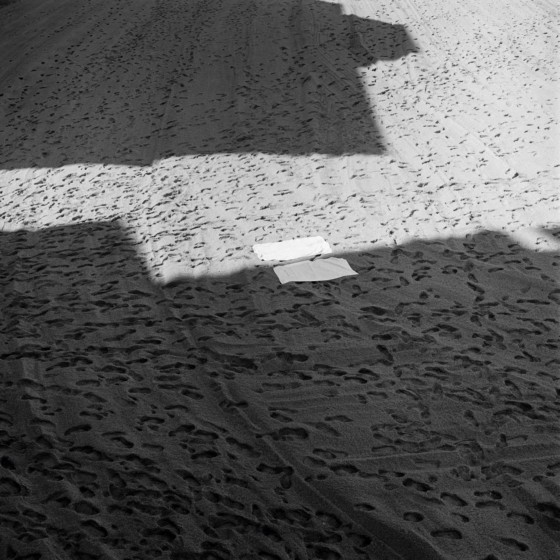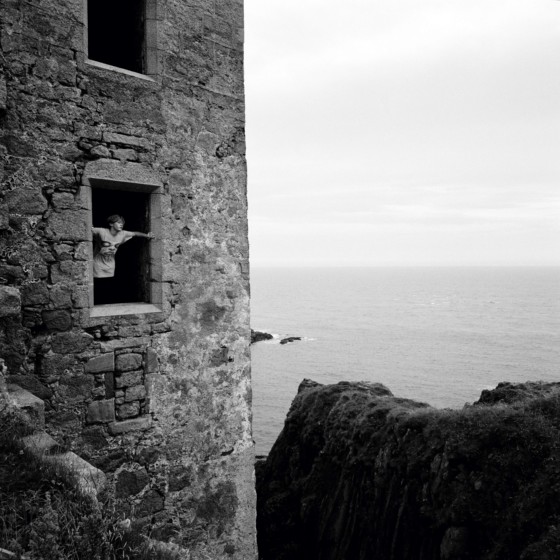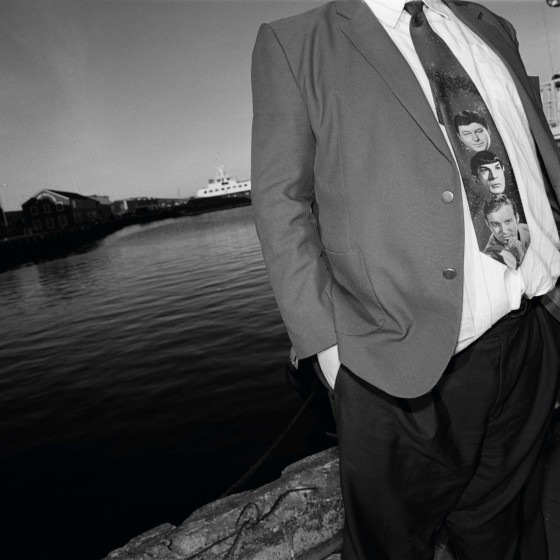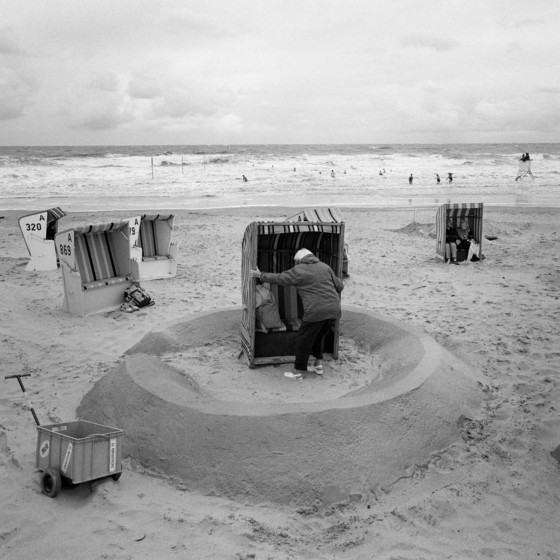“The project was about those of us – and we are in our millions – who, through the Forecast, experience a reinforced sense of Britishness”.-Mark Power.
Mark Power is a British photographer, born in 1959. He is a member of Magnum Photos and Professor of Photography in The Faculty of Arts and Architecture at the University of Brighton. Power mainly uses a large format film camera, but has more recently explored into short film making. The Shipping Forecast is the project of his which is inspired by ‘The Shipping Forecast’, which is a BBC Radio broadcast of weather reports and forecasts for the seas around the coasts of the British Isles. It is produced by the Met Office and broadcast by Radio 4 on behalf of the Maritime and Coastguard Agency. The forecasts sent over the Navtex system use a similar format and the same sea areas. and are fed back to the public four times a day. The waters around the British Isles are divided into 31 sea areas, also known as weather areas. In 2017, Radio 4 celebrated the Forecast’s 150th anniversary, and there’s everything to suggest it’s more popular than ever. The best place to to listen to the shipping forecast is said to be in a cosy bed with the wind rattling the windows and the rain lashing down outside.Each image is captioned with the 0600hr forecast on the day they were taken. In Mark’s project it’s the people that are the main focus and how dependent they are on the shipping forecast.
Magnum- Mark Powers Article:
https://www.magnumphotos.com/arts-culture/society-arts-culture/mark-power-the-shipping-forecast/
Analysis:

This is one of my favourite photos of Power’s project. It exhibits a ‘calm after the storm’ sort feel, as the sea appears to have hardly any waves and it a reasonable distance away from land. The battered buoy creates the idea that the sea has previously been viscous, this damage may have occurred over time or from just one strike of a wave, this emphasizes the powerful and unpredictable nature of the sea. He has used natural lighting, which appears to be overcast on that day. A black and white filter has been used, this suggests how the shipping forecast is so important even though it’s just audio and no images, it still creates a clear picture of the weather, without visuals or colour. The black and white may also have been used to create a less exposed picture as the sun can still be bright on overcast days. The cold tone creates an eerie mood, sort of like a ghost town, exhibiting the remains of what little is left. The messy looking vegetation could indicate high wind levels or it could be markings from the previous waves. There is a clear rule of thirds, with the the background (the sky), middle ground (the plants) and foreground (the sand). This is representative of the structured timing of the shipping Forecast schedule and how people plan their lives around these specific timings and although the weather is unpredictable, the one thing you can to rely on is that the programme will always be on at those times. The photo seems simplistic but the closer you look the more complex it is, for instance the three elements, water, earth and wind are all mixing together in harmony, all still in each others company.
Shipping Forecast:

